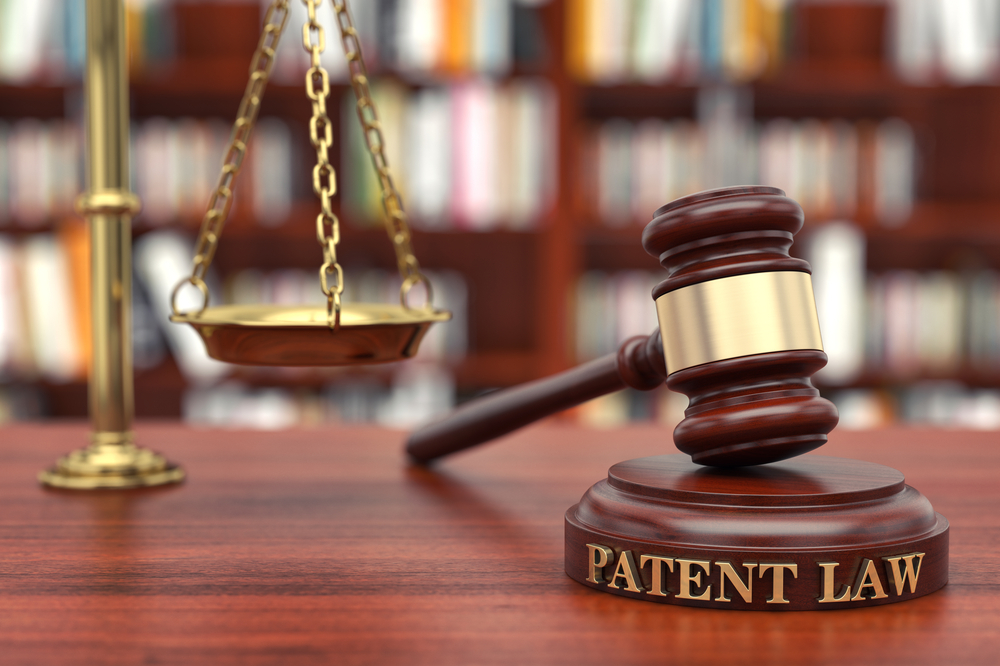Anavex Obtains U.S. Patent on Combinations of Anavex 2-73 and Donepezil to Protect Nerve Cells

The U.S. Patent and Trademark Office has granted Anavex Life Sciences a patent covering nerve protection treatments that combine Anavex 2-73 and donepezil.
The patent is titled “ANAVEX 2-73 and certain anticholinesterase inhibitors composition and method for neuroprotection.” It offers Anavex exclusive rights to the approach through 2033, the company said in a press release.
Donepezil is the medical constituent of Aricept, which is approved for the treatment of Alzheimer’s disease.
Anavex 2-73 targets a brain receptor called sigma-1 as well as muscarinic receptors. Studies show that the sigma-1 receptor — which is located in cellular energy plants called mitochondria — is crucial for the restoration of healthy neuron processes. Studies also suggest that it promotes neuroplasticity, or nerve cells’ ability to make adjustments to compensate for illness or injury.
Anavex 2-73 has been explored in Phase 1 and Phase 2a (NCT02244541) clinical trials. One of the intentions of the 41-week Phase 2a trial was to identify the drug’s maximum tolerated dose.
Researchers reported that the Phase 2a treatment did not trigger any significant adverse events, and none of the 32 patients left the study because of side effects. While the trial did not include a control group, researchers said Anavex 2-73 slowed patients’ mental decline.
Anavex is preparing a Phase 2/3 clinical trial that will test Anavex 2-73 in Alzheimer’s patients. The trial, which will serve as the basis for a marketing application for Anavex 2-73, intends to recruit about 300 patients.
Presentations at the 13th International Conference on Alzheimer’s & Parkinson’s Diseases in April 2017 showed that another Anavex compound with similar properties as the 2-73 drug — Anavex 3-71 — reduced brain inflammation and increased the formation of synapses in a rat model of Alzheimer’s. A synapse is a small gap at the end of a neuron that allows a signal to pass from one neuron to the next.
The compound also reversed Alzheimer’s-related cognitive deficits in the rats and reduced their amyloid-beta plaque, a build-up of protein that is associated with the disease.
A second study showed that three Anavex compounds — 2-73, 3-71, and 1-41 — reduced oxidative stress and improved mitochondria function after researchers exposed cells to amyloid-beta. Oxidative stress is an imbalance between the body’s production of free radicals and its ability to counteract their harmful effects.
Anavex is also looking at Anavex 2-73 as a treatment for people with other neurodegenerative or neurodevelopmental conditions.






